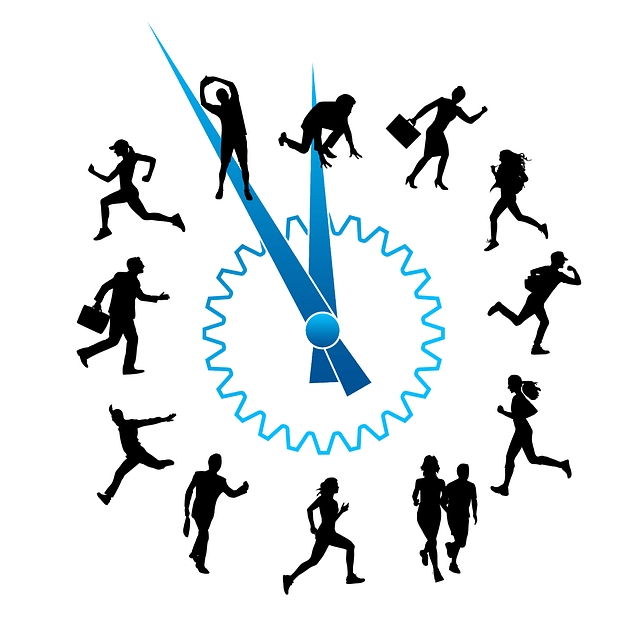
Image by Gerd Altmann from Pixabay
Stress. Can’t live with it, can’t live without it. In a world that seems to prize “being stressed”, and “stressed” somehow has become a badge of honor, what are we to make of stress? The subject has certainly become oversimplified and synonymous with pressure. But there is more to stress than that.
Let’s expand our understanding of stress and learn to live with it, better!
Ready?
When we think of stress, we think in terms of crises. Crisis that produces stress can be emotional, financial, or relational, stuff that affects our mental wellbeing. True enough. But stress also comes in the form of physical stress, like blood sugar issues, inflammation, toxins, infections, over exercising, under-sleeping, etc. This division between the emotional and physical is actually artificial. For example, a financial crisis affects our physical well-being, usually by overeating carbohydrates and losing sleep. Another example is over exercising affects our relationships, ask a triathlete that spends way too much time training (or his/her family or friends)! The emotional and physical don’t just go hand-in-hand, they are one in the same.
Let me repeat, the physical body and emotional system are really one system.
Any of these stressors put a lot of demand on our regulatory hormones, like cortisol. Cortisol is produced in the adrenal glands, leading first to over activity, too much cortisol, and then not enough. Not enough cortisol equals burnout, fatigue, depression.
What are the adrenal glands that produce cortisol (and many other hormones as well) and where are they located?
The adrenal gland is a tiny organ that sits on top of the kidney. We have two of them. They weigh about .02 lbs. (8 grams). Per pound of tissue, the adrenals have the highest blood flow in the body. Because of this constant blood flow, the hormones produced in the adrenal glands can circulate through the body quickly. Cortisol is released multiple times a day on a fairly predictable schedule, with or without stress lurking. One of its primary functions, when working properly, is to help maintain blood sugar as it ebbs and flows during the day. If blood sugars get out of normal ranges by dropping too low, the adrenal glands release cortisol. Several other metabolic systems are also influenced, like fat mobilization increasing and protein synthesis being halted, all to return you and me back to normal. Again, normal ebb and flow of cortisol release, when working properly, promotes a state of well-being. But whenever this ebb and flow gets interrupted by any of the stressors mentioned above, emotional and/or physical, the adrenal gland and therefore cortisol gets activated much more frequently and disrupts the balance of the human body.
What happens?
Let’s say a stressor comes into your life, like a tax bill you had not counted on or you have been training for a marathon, the adrenal glands must work hard to keep up with the demand for cortisol. And because of the increased volume and frequency of cortisol, you feel invincible for a while because you have a ton of energy and mental clarity (also byproducts of cortisol release); but… a crash is coming. When the glands can no longer support the demand for cortisol, fatigue, sickness, and burnout occur. But that is not all, the thyroid gland begins to work harder to compensate, leading it to be stressed and fatigued and malfunctioning. This cascade continues to the pituitary gland after that. Meanwhile your hypothalamus, the master gland, is getting mixed messages from the body and can’t regulate itself normally. If that is more info than you want, never fear. The takeaway? Too much cortisol for too long…that ain’t a good thing.
Don’t be overwhelmed, there are two quick and easy tests we can perform in the office to tell you the status of your adrenal function. And when I say quick and easy, I mean quick and easy.
The first involves two blood pressure tests. One lying down, the other standing up, quickly. In a normal functioning adrenal system, the blood pressure’s top number, the systolic, will jump at least 10 points when you go from supine to standing. In a system that is fatigued, the systolic blood pressure will either stay the same or drop. The more it drops, the worse shape your glands are in. This is usually when we recommend Drenamin, from Standard Process. (Read Abbey’s blog here ) This test is known as Ragland’s test, look it up.
The second test, if necessary, is known as the Pupillary Response Test. Pupils will predictably get larger in a dark environment and constrict in a light one. But how long will the nervous system be able to maintain constricted pupils with direct light? In a healthy working nervous system, the same one that controls the adrenal glands, indefinitely. But if the pupil pops open in the first 10 seconds or so, the adrenal glands are stressed and cannot meet the demand. You need adrenal support, like Drenamin mentioned above.
Either one of these tests will give us a great indication of how to support your body to deal with stress without spiraling out of control into sickness, disease, dysfunction.
Let us help you, help yourself. Ask to be tested. Anytime.
Don’t be stressed out.
Cheers,
ks
PS- Next up, Abbey will be recommending some mineral supplements that will take the pressure off of your nervous system AND adrenals. Stay tuned.
